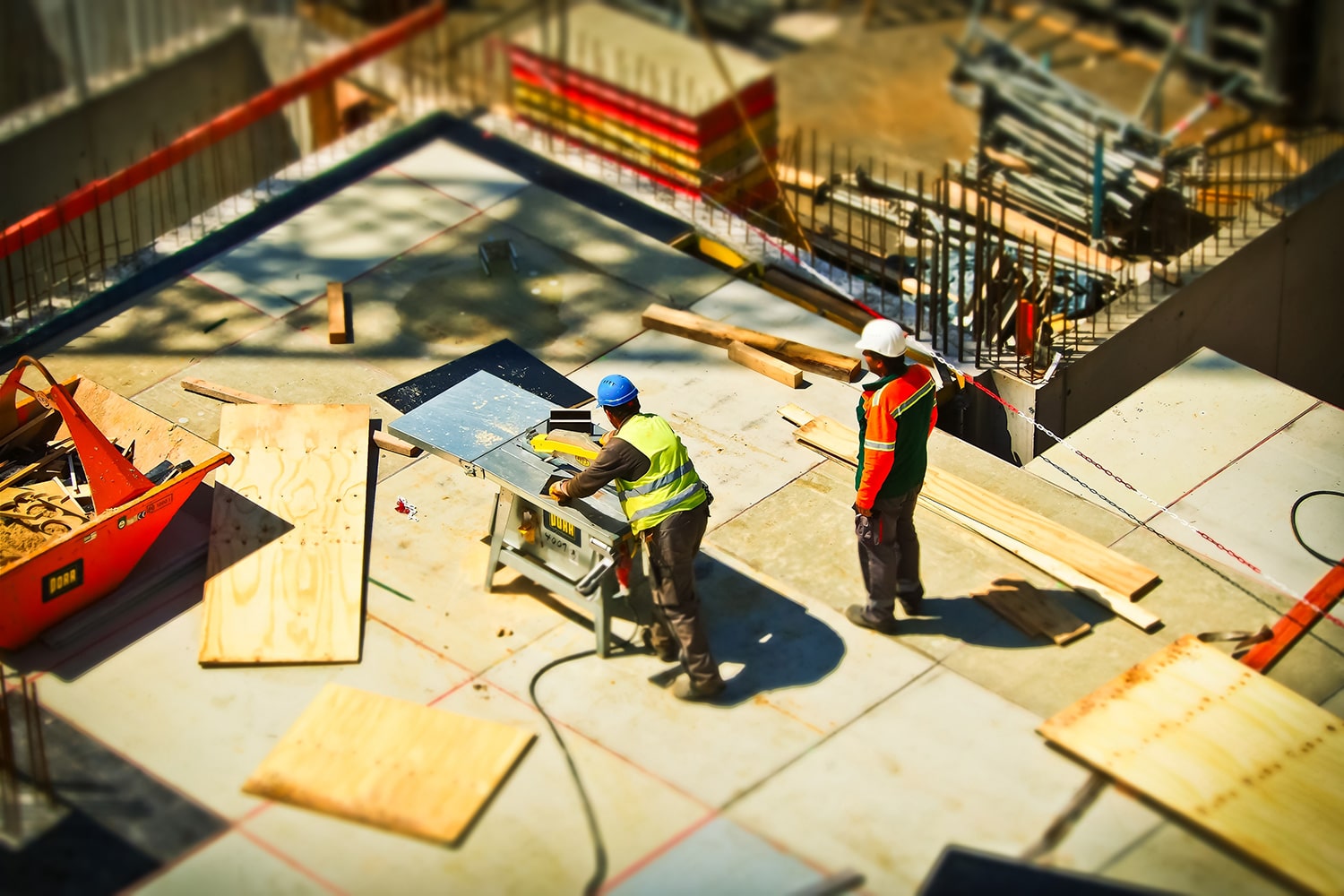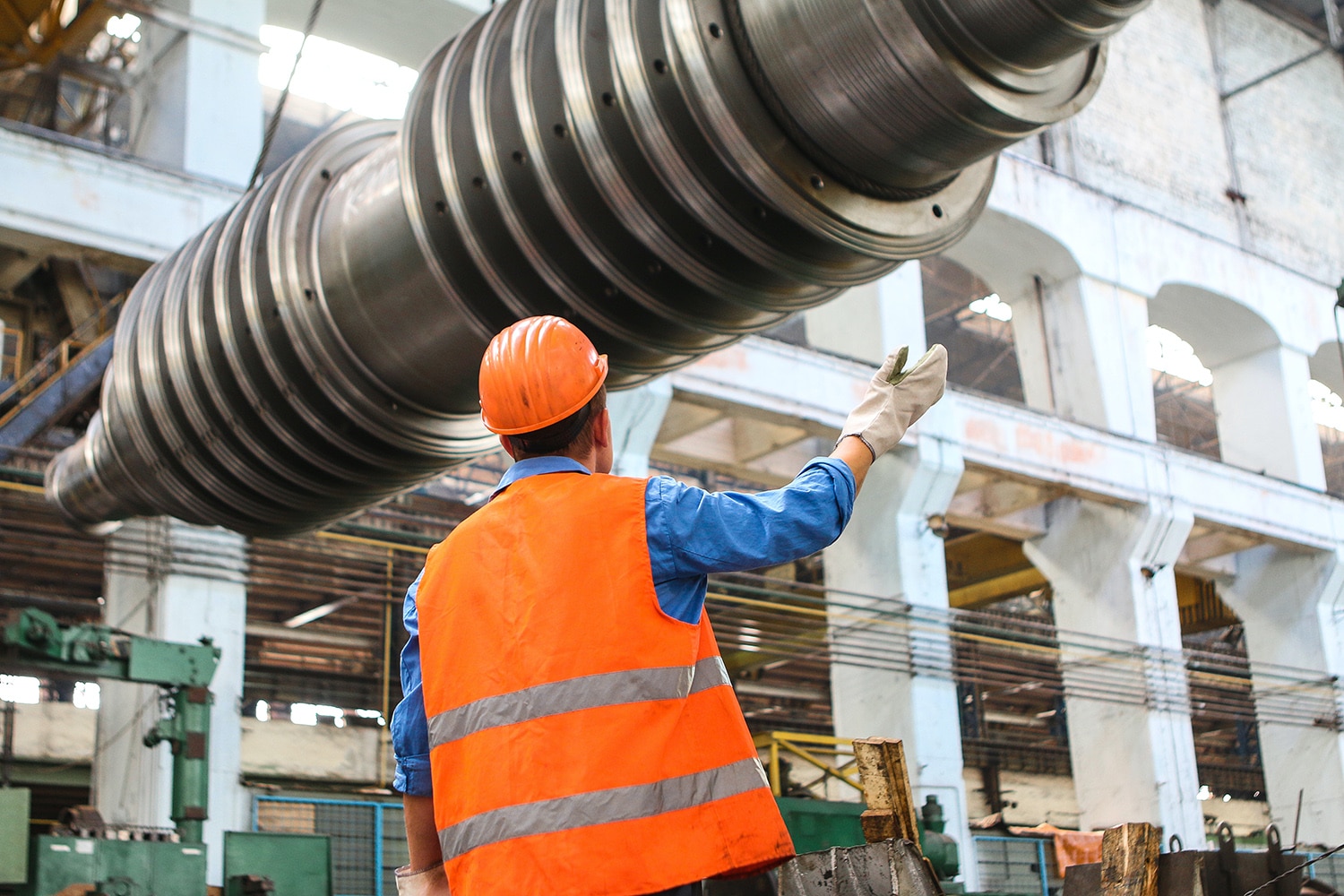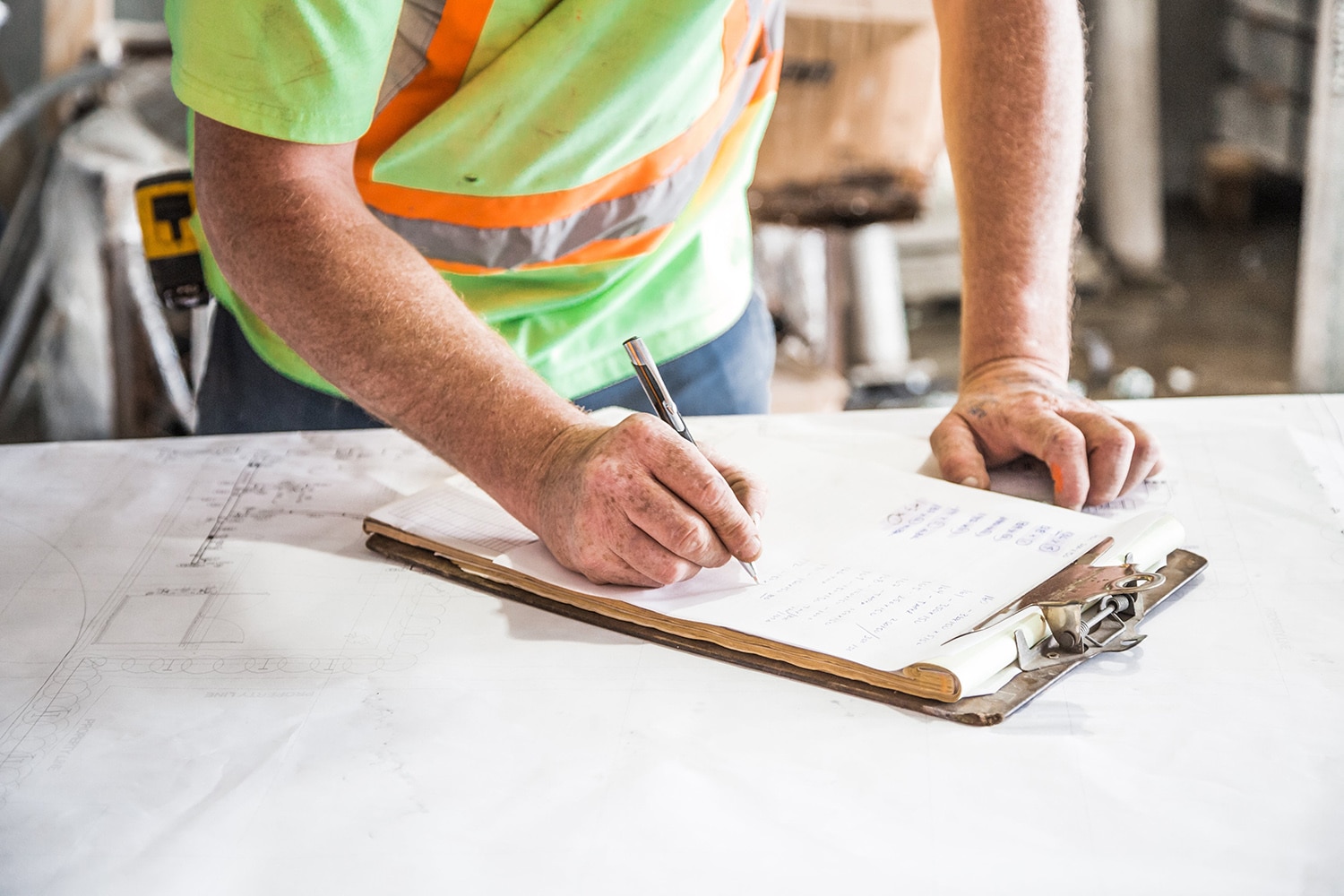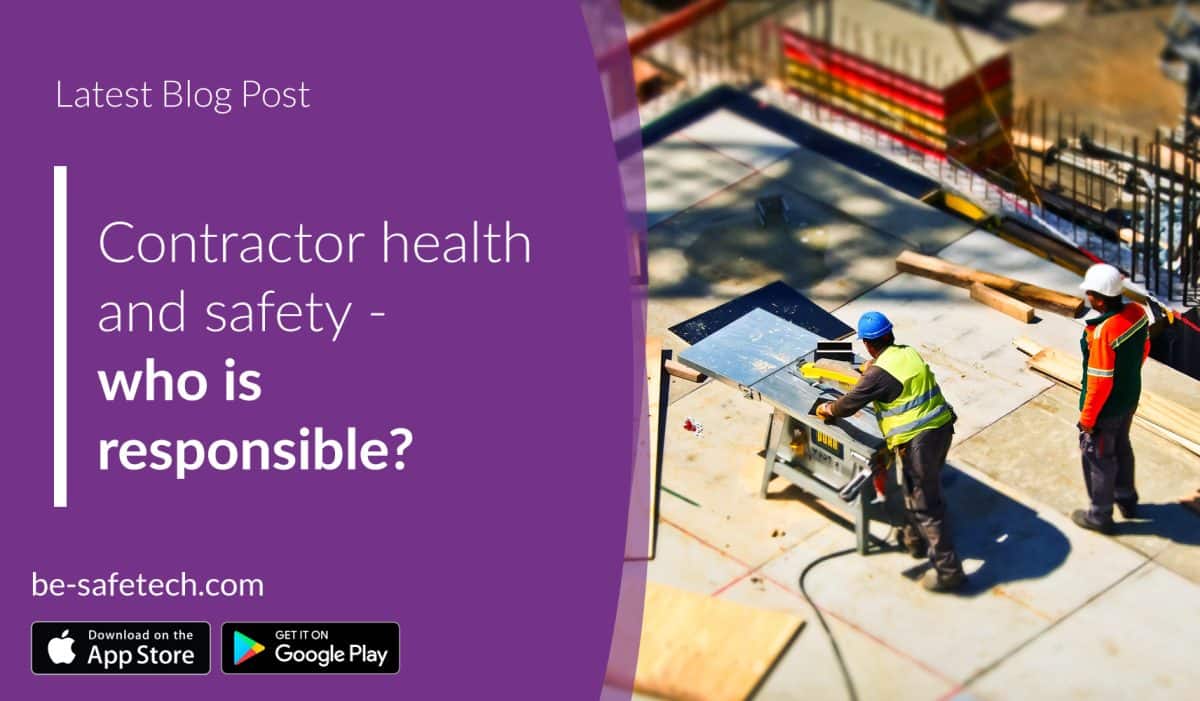Contractor Health and Safety – Who is Responsible?
The management of contractors may be confusing in terms of health and safety. For instance, who oversees risk assessments and training? When does the contractor’s duty of care start? When will it be over?

These questions have different answers based on the workplace.
According to the Health and Safety Executive (HSE), organisations bear some responsibility for health and safety during work done by their contractors. Therefore, employers are unable to offload your legal obligations. Standard clauses requiring contractors to follow applicable health and safety laws are insufficient.
You must take every reasonable action to verify that the health and safety plans of your current and potential contractors are adequate to ensure that they can do their jobs safely, coordinate and manage the work they undertake on your behalf, and keep an eye on their performance.
When a duty of care is present, employers are accountable for the conduct of contractors. This refers to the responsibilities imposed on individuals to act toward others in a specific manner and in line with specific criteria. When an employer’s actions may harm a contractor, the employer has a duty of care to that contractor. This indicates that contractors are employees of an employer at all times, and their health and safety needs should be treated as such.

The HSE recommends a five-step process for managing contractors and ensuring safe working conditions:
Planning
The customer must detail all the tasks they want the contractor to complete, including those that fall within the preparation and completion stages. The risk management procedure should engage both the client and the potential contractor.
Choosing a contractor
The selection of contractors should be based on several factors, including cost, technical proficiency, dependability, and health and safety.
The client must take reasonable measures to ensure that the contractor is qualified to complete the task correctly and without endangering their health and safety.

Contractors working on site
All parties must decide on acceptable methods to ensure that necessary health and safety information is transmitted between them.
The instruction and training offered must consider the dangers associated with each party’s line of employment.
Keeping a check
All parties should keep an eye on their health and safety performance to ensure that risk assessments are up to date and that control mechanisms are working.
Risks determine the level of monitoring; the higher the risks, the more frequently they will occur.

Reviewing the work
Following completion, the work should be reviewed by the client and the contractor to determine if future performance could be enhanced.
The client should review both the project and the contractor. The efficiency of the planning, the contractor’s performance, and the ease of the project should all be considered.
Lessons learned should be documented and applied to future choices. The Be-Safe Compliance Genie can help you build the best risk assessment for your contractor’s needs, and real-time accessibility will ensure they always have access to the latest health and safety information.


